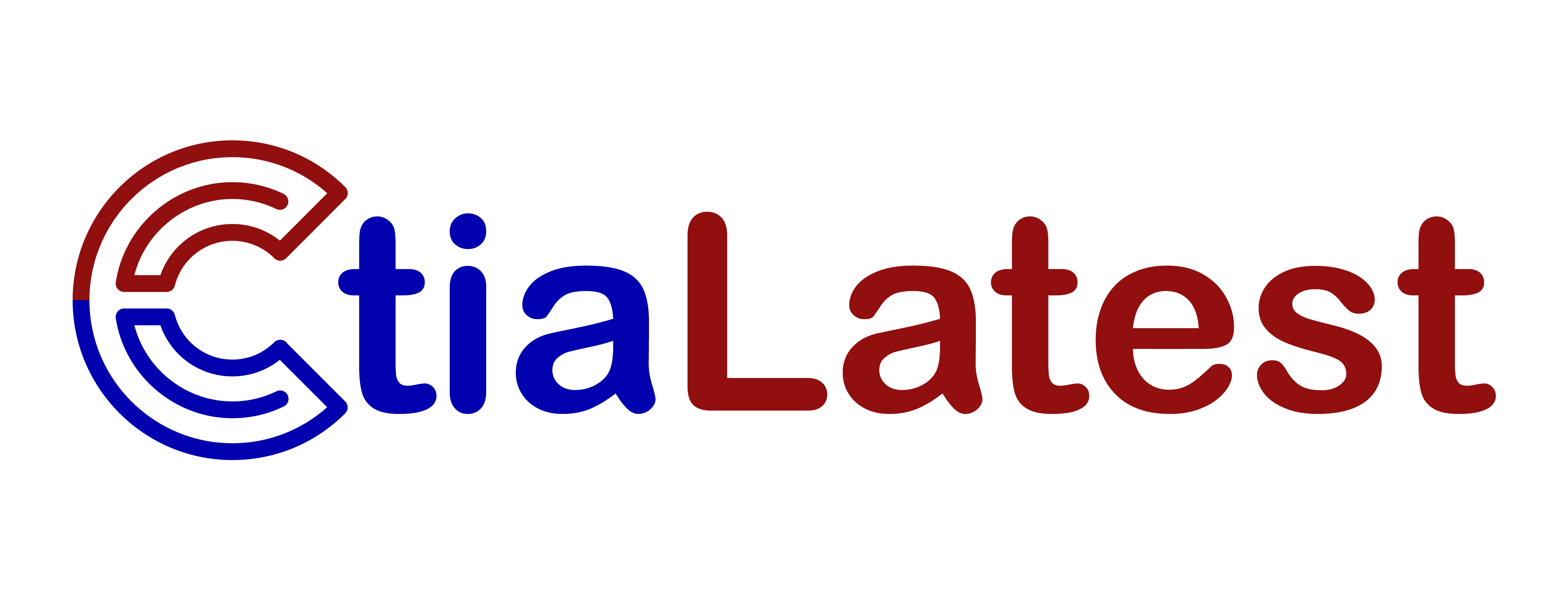
In the digital age, where the internet is the fabric that weaves our global society together, domain security is not just a feature, it’s a necessity. With cyber-attacks growing in sophistication and frequency, the safety of your online presence is under constant threat. Whether you own a personal blog, a small business website, or a large enterprise’s online platform, securing your domain check is fundamental to protecting your digital assets, reputation, and your visitors’ trust.
Domain security involves a wide range of factors, from safeguarding your data to ensuring your site’s availability and establishing the credibility of your online identity. It’s not a one-size-fits-all process. Each domain has its particularities that require unique security implementations. But where do you start, and what should you be looking out for? This article will guide you through a comprehensive 10-point inspection that will significantly bolster your domain security.
1. Regular DNS Health Checks
The Domain Name System (DNS) is the phone book of the internet, managing the correspondence between IP addresses and domain names. A compromised DNS can lead to a range of security issues, from website unavailability to domain hijacking, which occurs when someone takes control of your domain without your permission. Regular DNS health checks are essential to ensure everything is running smoothly.
Conduct an NS-Lookup
Use the NS-Lookup command to query the DNS servers that are authoritative for your domain. This will verify that the correct IP address is returned for your domain name.
Monitor DNS Traffic
Analyze the DNS traffic coming in and out of your servers for any signs of unusual activity. Use DNS monitoring tools to maintain visibility and detect potential breaches early.
2. Robust SSL/TLS Certificates
Secure Socket Layer (SSL) and its successor, Transport Layer Security (TLS), are cryptographic protocols that provide secure communication over networks like the Internet. Encrypting data transfers between the user and the website means a lot more than just the padlock icon in the browser – it’s about securing personal information shared on your site.
Check Certificate Validity
Ensure your SSL/TLS certificate is valid by checking the expiration date and ensuring it Chains Up to a Trusted Root. Expiration can lead to insecure connections, while untrusted roots can indicate malicious attempts to intercept traffic (man-in-the-middle attacks).
Utilize Latest Encryption Standards
Always use the most recent encryption standards supported by web browsers (TLS 1.3 is the latest at the time of writing). Outdated standards can leave your domain open to vulnerabilities such as POODLE and BEAST attacks.
3. Implementing DNS Security Extensions (DNSSEC)
DNS Security Extensions (DNSSEC) add a layer of security to the DNS protocol, ensuring that the information provided is authentic. DNS spoofing, cache poisoning, and other DNS-related attacks can misdirect web traffic to malicious websites but with DNSSEC, you can avoid these pitfalls.
Enable DNSSEC
Contact your DNS hosting provider to enable DNSSEC for your domain. Once implemented, your domain’s DNS records are cryptographically signed, and resolvers that support DNSSEC will validate them.
Monitor DNSSEC Trust Chains
Regularly monitor DNSSEC Trust Chains to identify any issues. Tools like DNSSEC Zone Validator can help you ensure the secure resolution of your domain.
4. Domain Locking
Domain locking, or registrar-lock, prevents unauthorized changes to your domain settings. It offers an additional layer of defense against domain hijacking, where attackers can transfer your domain to another registrar or make illicit changes to your DNS settings.
Enable Registrar-Lock
Log in to your domain registrar’s control panel and enable domain locking. This simple step often requires the registrar to obtain explicit confirmation from the domain owner before making any changes.
Registry Lock for High-Value Domains
Consider a ‘Registry Lock’ (if offered by your domain registrar), which is even more secure than a standard domain lock and typically requires additional security checks before any domain changes are made.
5. WHOIS Privacy
WHOIS records are a searchable database of every registered domain and its ownership details. Having this information public can lead to spam, phishing, and identity theft. WHOIS privacy services mask your personal information from the public.
Enable WHOIS Privacy
Contact your domain registrar for WHOIS privacy options, which usually involve a small annual fee. Keep your contact details private from spammers and other online threats.
Monitor WHOIS Records
While private WHOIS details shield your information, monitoring your WHOIS records can provide early detection of domain renewal and registration issues, as well as protect your digital privacy.
6. Two-Factor Authentication (2FA)
Two-factor authentication adds an additional layer of security to your domain control panel, making it more challenging for unauthorized users to access your domain management tools even if they have your login credentials.
Enable 2FA
Set up Two-Factor Authentication in your domain registrar’s control panel using an authenticator app or hardware token. This way, even if your password is compromised, a second verification step is required.
Administrator Account Security
Two-factor authenticate all admin-level accounts associated with domain management, and where possible, implement role-based access controls to limit the number of users with full control over the domain.
7. Secure Email Practices
Most domain security breaches start with a compromised email account. Adopting secure email practices can prevent unauthorized access to your domain’s email system, which could lead to sensitive data leaks and further compromise domain security.
Use Strong Email Passwords
Encourage the use of strong passwords for all email accounts associated with the domain. These should be unique and changed regularly.
Be Wary of Phishing Emails
Educate all domain users to be vigilant about phishing emails attempting to gain login credentials under false pretenses. Implement spam filters and, if feasible, use email authentication methods like SPF, DKIM, and DMARC.
8. Content Security Policy (CSP)
A Content Security Policy (CSP) is an additional layer of web security that helps detect and mitigate certain types of attacks, including Cross Site Scripting (XSS) and data injection attacks.
Implement a Policy
Define and implement strict CSP headers on your web server that restrict the sources that can be used to run content on your website.
Regularly Audit and Adjust
Maintain a dynamic CSP policy that reflects the actual content usage on your website. Regularly review CSP violation reports to ensure your CSP does not inadvertently block legitimate content.
9. Secure Domain Transfers
Domain transfer processes, involving moving a domain from one registrar to another, are a common target for attackers looking to gain control of domains.
Locking and Monitoring
Keep your domain locked when not actively transferring and monitor for any unauthorized transfer attempts. Be aware of all domain transfer policies and procedures with your registrar.
Transfer Codes
Obtain and secure your domain transfer authorization codes (EPP codes) as you would a password. Only provide these to trusted parties when you are certain a transfer is the desired action.
10. Regular Security Audits and Patch Management
Regular security audits and effective patch management practices are non-negotiable components of any comprehensive domain protection strategy. Cybersecurity is a constantly evolving field, and new vulnerabilities are discovered regularly.
Set a Schedule for Auditing
Plan periodical security audits of your domain’s infrastructure. This includes verifying all access controls, reviewing logs, and assessing your overall security posture.
Stay Up to Date
Stay informed about the latest security advisories and patch your systems as soon as updates are available. Delaying patches gives attackers a window of opportunity to exploit known vulnerabilities.
Conclusion
Domain security is a multifaceted practice that demands continuous attention and adaption. The check-list outlined here is a solid starting point, but it’s just the beginning. As the digital landscape shifts, so too must our approaches to security. Regularly reviewing and updating your domain security plan, staying informed on the latest security practices and threats, and investing in professional consultation can all help to keep your digital domain safe and sound. Remember, in the domain of internet security, vigilance is key, and complacency is the enemy.








